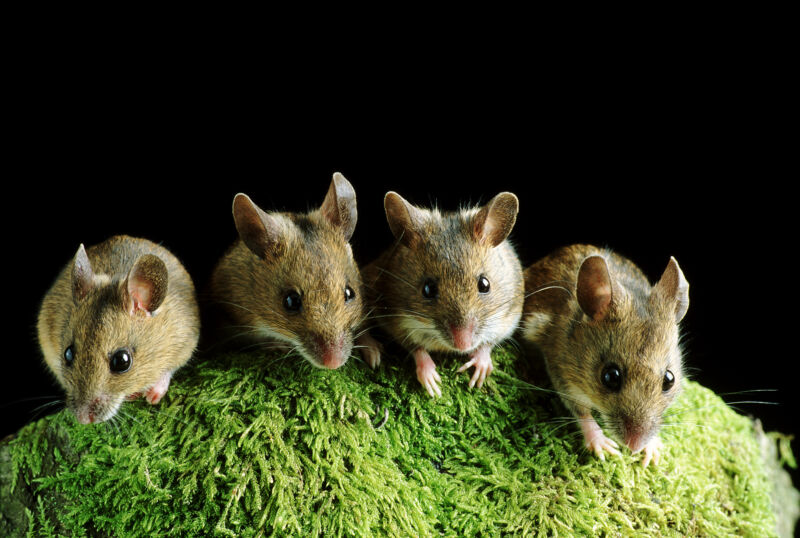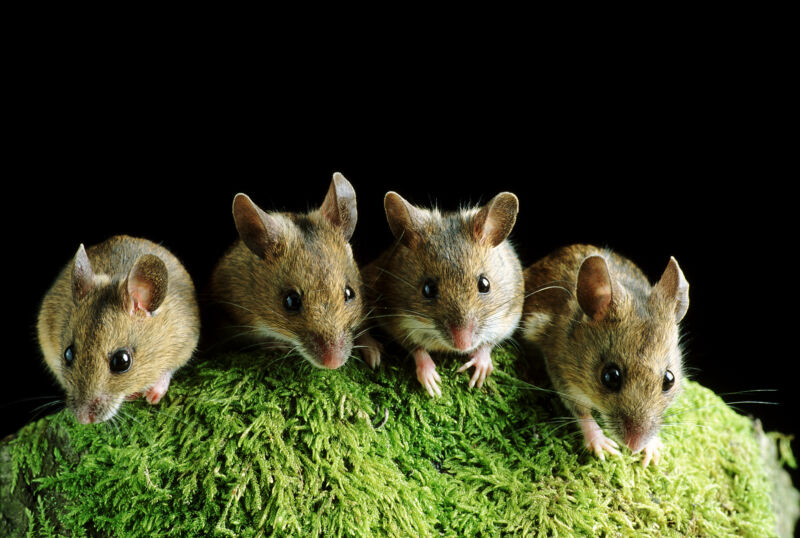
Enlarge (credit: David Aubrey)
Since its advent in 2005, a technique called optogenetics has made it vastly easier to link neural activity with behavior and to understand how neurons and brain regions are connected to each other. Neuroscientists just pick the (animal) neurons they’re interested in, genetically engineer them to express a light-responsive protein, and then stimulate them with the right type of light. This technique can be used to inhibit or excite a select subset of neurons in living, breathing, moving animals, illuminating which neural networks dictate the animals’ behaviors and decisions.
Taking advantage of work done in miniaturizing the optogenetic hardware, researchers have now used optogenetics to alter the activity in parts of the brain that influence social interactions in mice. And they’ve exerted a disturbing level of control over the way the mice interact.
Going small
A big limitation for early optogenetic studies was that the wires and optical fibers required to get light into an animal’s brain also get in the animals’ way, impeding their movements and potentially skewing results. Newer implantable wireless devices were developed about five years ago, but they can only be placed near certain brain regions. They’re also too tiny to accommodate many circuit components and receiver antennas, and they have to be programmed beforehand. Pity the poor would-be mind controllers who have to deal with such limited tools.





